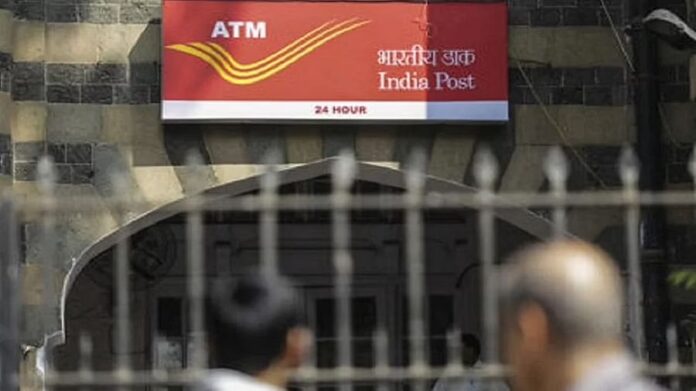Kisan Vikas Patra i.e. KVP is also included in the small saving schemes of the post office. Let us know about this scheme in detail.
If you are thinking of investing in the coming days, then you can do it in the Savings Schemes of the Post Office. You definitely get good returns in these schemes. Also, the money invested in it is also completely safe. If the bank defaults, then you get back the amount of only five lakh rupees. But this is not the case in the Post Office. Apart from this, investment in post office savings schemes can be started with a very small amount. Kisan Vikas Patra i.e. KVP is also included in the small saving schemes of the post office. Let us know about this scheme in detail.
Rate of interest
At present, the interest rate of 6.9 percent is present in the Kisan Vikas Patra Scheme of the Post Office. The interest in this scheme is compounded on an annual basis. This interest rate is applicable from 1st April 2020. By investing in this small savings scheme, your amount will double in 124 months i.e. 10 years and 4 months.
Investment amount
A minimum investment of Rs 1000 can be made in this small savings scheme. In Kisan Vikas Patra, you will have to invest in multiples of Rs 100. There is no maximum limit for investment in this scheme.
Who can open account?
In this scheme of post office, one adult or up to three adults can open a joint account together. Apart from this, a person of weak mind or guardian can also open an account on behalf of a minor in Kisan Vikas Patra. Also, a minor above the age of 10 years can open an account in his own name.
Maturity
The amount deposited in the Kisan Vikas Patra of the Post Office will mature on the maturity period as decided by the Ministry of Finance from time to time. The maturity period will be appropriate from the date of deposit.
Transfer account
Under the Kisan Vikas Patra Scheme, the account can be transferred from one person to another in certain situations. In case of death of the account holder, the account can be transferred to his/her nominee or legal heirs. Apart from this, on the death of the account holder, the account can be transferred to the joint holder. Transfer can also be done by order of the court. Can also be done on pledging of account to any prescribed authority.


